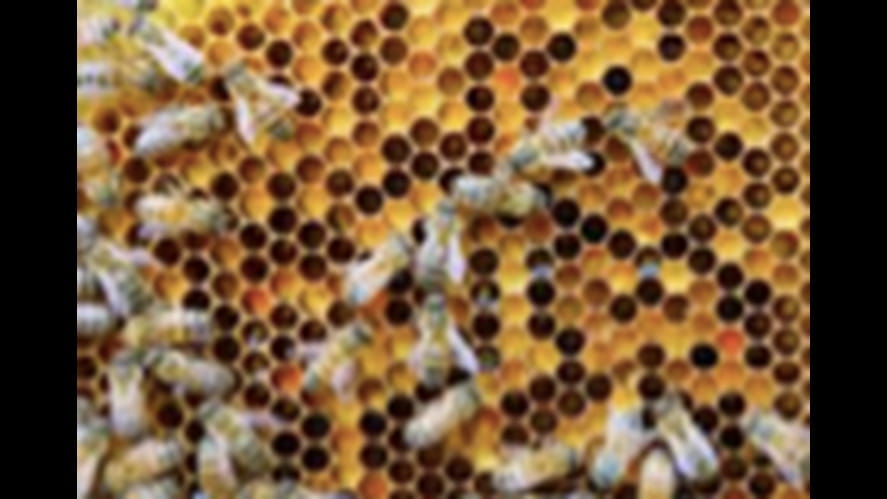We use cookies to improve your online experiences. To learn more and choose your cookies options, please refer to our cookie policy.


Maths can be seen all around us in the natural world. Helping children to identify this can greatly aid their understanding and provides an invaluable context for their mathematical learning.
It is easier than you might think to get children thinking about mathematics and shape when exploring the natural world.
Patterns and shapes in nature are visible all around us; these patterns can be found in many different contexts and include shapes, symmetries, spirals, arrays, cracks and stripes.
Triangles
Triangles can be found in so many places in the natural world; grass, rocks, leaves and flower petals all display triangles in nature. Some grass and flower petals make an isosceles triangle (a triangle with two equal sides and with two equal angles). Rocks and leaves also often form triangles and come in many different sizes.
.
.
Hexagons
A beehive is made up of many hexagons packed together; hexagons fit together almost perfectly without any gaps so they are an ideal shape to maximise the available space.
Concentric Circles
Tree rings are concentric circles that can be found within the trunk of a tree. These rings can tell us how old the tree is. Not only that, but they can also tell us what the weather was like during each year of the tree's life. The light-colored rings represent wood that grew in the spring and early summer, while the dark rings represent wood that grew in the late summer and autumn.
The Fibonacci sequence
The Fibonacci Sequence is a series of numbers and can be found and represented in many examples of nature.
The numbers that begin the Fibonacci sequence are:
0, 1, 1, 2, 3, 5, 8, 13, 21, 34 etc
In nature, these numbers of the Fibonacci sequence occur in the number of petals that a flower has:
3 – lily
5 – delphinium
8 – buttercup
There are many more examples and I would love to receive pictures of any more examples that you can find with some of the other numbers from the Fibonacci sequence as there are many!
There are countless numbers of examples of awe inspiring shapes in nature and I have included a link below where you can see some more. I hope that you are as fascinated by them as I am!
https://br.pinterest.com/lolozinger/shapes-in-nature/
Mr Walton